Meet Yantong Li, U of T student and curator of the 2024-25 JHI Art Exhibition Morphing Land, Impalpable Currents. The exhibition includes works by Beichen Zhang, Alvin Luong, Sanaz Sohrabi, Parastoo Anoushahpour, Faraz Anoushahpour and Ryan Ferko. Responding to the JHI’s research theme Undergrounds/Underworlds, Li’s exhibition posits the underground as a rhizomatic commons to consider the imperceptible nexuses within a fractured land of colonial extraction.
Can you tell us a little about your background? Who/what are your influences/inspires you?
It is always a bit tricky to generalize my own background. So, perhaps I will reorient the question to the context of the exhibition and discuss some of the personal stories that gave rise to it. I take on an auto-ethnographic approach to curating. One of the micro-themes for the exhibition is around extraction and extractive practices underground, which sums up my childhood and familial memories of mobilization, a process engendered by a set of extractive regimes perpetuated by modernization and colonization in Southwest China. I carry that history with me when engaging with the artwork in the exhibition, looking at the precarious ethnography perpetuated by extractive practices around different parts of the world as sites of resonance.
The JHI theme this year is Undergrounds/Underworlds. How do you see the theme manifesting in the different works featured in the exhibition?
One thing that drew me to the artists’ works in the first place was the gesture of speculation and its potential to reveal the often invisible effects of extraction in longue durée and, to borrow from one of the artists in the exhibition Sanaz Sohrabi, the non-indexable qualities of extraction experienced outside the visible sites of extraction. In a way, the artists take the audience on a dip beneath and beyond the visible strata of extractive architectures, sometimes revealing its attritional lethality long-term and sometimes, by unearthing the spectral dimensions surrounding these sites, they make visible the disparate forces at play. Such as Sohrabi’s Future Relics, that focuses on the social spaces of petroleum mining outside of the frame, moving downward in order to move outward of the dominant representations of petroleum infrastructures. This is also apparent in Alvin Luong’s Hole Story and A Voluminous Crush, in which he reimagined the leftover sewage holes from a real estate bubble in Phong Phú, Bình Chánh District as repurposed guerilla tunnels used by the Communist soldiers during the Vietnam War, where the audience is literally taken underground through Hole Story, down the drain of history in Phong Phú.
Do you have a personal favourite work in the exhibition? If so, which one and why?
I think each artist/artist collective occupy a distinct set of methods to (re)narrativize the sites of extraction, and engage with their distinct ethnographic configurations. It is quite impossible to pick one, all the works are quite revealing of the disparate forces that haunts the sites of extraction. Some artists are acutely awareness of the material engagement with the medium of their work. For example, in Beichen Zhang’s work, he showed archival footages that documented the initial pavement of telecommunication cables around Kulangsu Island in South China Sea, which are made through real time transmission signal. Moreover, the vinyl iteration of Surface Rites by Parastoo Anoushahpour, Faraz Anoushahpour and Ryan Ferko, presents a burnt 16mm film strip of an Atom Monument at the entrance to the town of Elliot Lake, a still from the actual film piece, which serves as a distant counterpart to the Holstein Cow sculpture at Cathedraltown in Markham, both deeply tied to the uranium mining industry in Northern Ontario. What is also poetic about their approach is that the gradual fade in color from right to left, is like a memoir to the sun that stands in for the the desire of energy, of power that characterizes much of the extractive regimes we find ourselves in.
Morphing Land, Impalpable Currents is a co-production of the Art Museum and the Jackman Humanities Institute that is on display from September 11, 2024 to June 30, 2025.
The exhibition is open to the public during regular business hours - Monday to Friday from 9am to 4pm. Tip: Call ahead (416-978-7415) if you are planning to come see the exhibition to make sure that all works are accessible. Since the JHI is a working space, some of the rooms may be in use.


